Exploring Chefchaouen: Morocco’s Famous Blue City
Welcome to blue city morocco , Morocco’s famous Blue City. Tucked away amidst the Rif Mountains, this captivating spot offers more than just visual delight it’s a sanctuary for the spirit. Whether you’re a traveler seeking serenity, a photographer hunting for the perfect frame, or a culture enthusiast eager to explore Morocco’s rich heritage, Chefchaouen is a place that will capture your heart.
Table of Contents
The History and Charm of blue city morocco
Why is blue city morocco Painted Blue?
One of the most intriguing aspects of Chefchaouen is its striking blue-painted streets and buildings. But why blue? There are several theories behind this tradition:
- The blue is said to symbolize heaven and spirituality, a connection to the divine.
- Others believe it was introduced by Jewish refugees in the 1930s as a way to represent peace.
- A more practical reason suggests that the blue paint helps repel mosquitoes, keeping the city cool and insect-free.
Whatever the reason may be, the outcome is unmistakable a serene, almost dreamlike city that never fails to leave visitors spellbound
A Brief History of blue city morocco
Founded in 1471, Chefchaouen originally served as a fortress built to defend against Portuguese incursions. Over time, it became a refuge for Andalusian Muslims and Jews fleeing persecution in Spain. This blend of cultures shaped the city’s unique character, from its architectural style to its vibrant souks. Today, blue city morocco stands as a testament to Morocco’s vibrant history and diverse cultural heritage.
Exploring the Medina: The Heart of morocco blue city
What Makes the Medina Unique?
morocco blue city’s Medina is unlike any other in Morocco. Its narrow, winding streets are awash in countless shades of blue, crafting a peaceful and almost ethereal ambiance. As you wander through the Medina, you’ll encounter:
- Vibrant souks selling handwoven rugs, brightly colored ceramics, and aromatic spices.
- Traditional riads, where you can experience Moroccan hospitality in beautifully decorated guesthouses.
- Hidden gems in every corner, from charming cafes to photogenic doorways.
Highlights of the Medina
- Place Outa el Hammam: The central square of the Medina, bustling with life. Grab a tea at a nearby café and soak in the ambiance.
- The Kasbah Museum: A restored fortress that offers lush gardens, historical exhibits, and panoramic views from its tower.
Top Attractions in Morocco’s Blue City
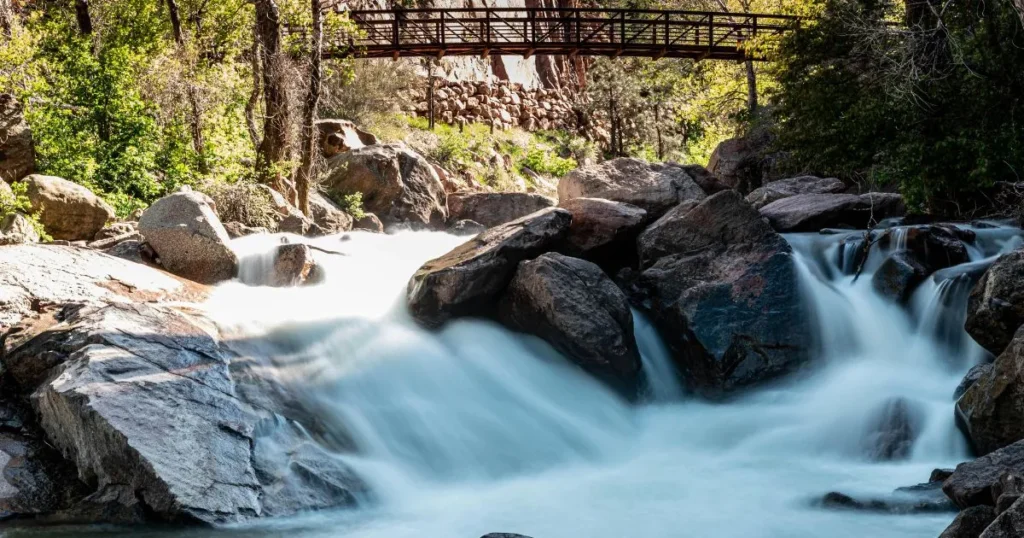
The Spanish Mosque
Perched on a hill overlooking the city, the Spanish Mosque offers the best views . Hike up during the late afternoon to catch the sunset—it’s a sight you’ll never forget.
Ras El Maa Waterfall
Just a short walk from the Medina, Ras El Maa is a serene spot where locals gather to wash clothes and socialize. The sound of rushing water adds to the peaceful atmosphere, making it a perfect place to relax.
Talassemtane National Park
If you’re a nature lover or adventurer, don’t miss Talassemtane National Park. Its cedar forests, mountain trails, and unique wildlife provide an escape into Morocco’s stunning natural landscape.
Experiencing the Cuisine of the Blue City in Morocco
Traditional Dishes to Savor in Chefchaouen
Moroccan cuisine is as vibrant and diverse as its culture, and blue city morocco is no exception. Make sure to try these local favorites:
- Tagine: A flavorful stew of meat, vegetables, and spices, slow-cooked in an earthenware pot.
- Couscous: Couscous: A traditional staple dish, typically served with tender lamb or chicken, hearty chickpeas, and a colorful assortment of vegetables.
- Mint Tea: A symbol of Moroccan hospitality, this sweet and refreshing drink is served everywhere.
Moroccan Tagine Recipe
For those who want to bring a taste of Morocco home, here’s a simple recipe for a traditional tagine:
| Ingredient | Quantity |
|---|---|
| Chicken or lamb | 1 kg |
| Onions (chopped) | 2 large |
| Garlic (minced) | 3 cloves |
| Olive oil | 3 tbsp |
| Spices (cinnamon, cumin, turmeric) | 1 tsp each |
| Dried apricots | 1 cup |
| Vegetables (carrots, zucchini, potatoes) | 3 cups |
| Water or broth | 2 cups |
Instructions:
- Heat olive oil in a pot or tagine. Sauté onions and garlic until fragrant.
- Add the meat and spices, cooking until browned.
- Add the water or broth, cover the pot, and let it simmer gently for about 45 minutes.
- Add vegetables and dried apricots, cooking until tender.
- Serve hot with fresh bread or couscous.
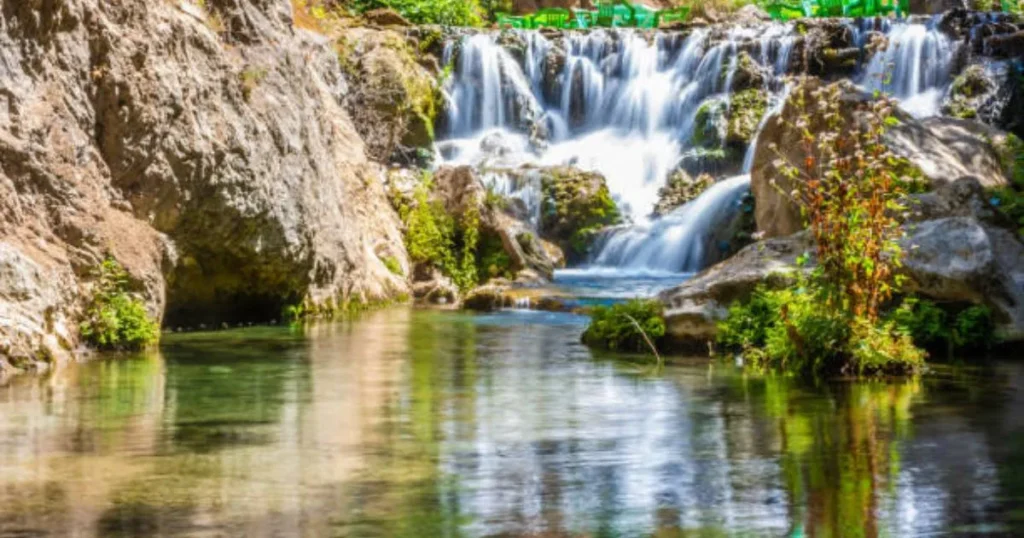
Practical Tips for Visiting
Best Time to Visit Morocco’s Blue City
The best times to visit Chefchaouen are spring (March to May) and fall (September to November), when the weather is mild, and the city is less crowded. Avoid the summer months, as the heat and influx of tourists can make exploring less enjoyable.
How to Get to Chefchaouen
Chefchaouen is easily reachable from major cities such as Tangier and Fez. Travelers can choose to take a bus, hire a taxi, or rent a car for a more flexible journey. The journey offers scenic views of Morocco’s countryside, but keep in mind that the roads can be winding.
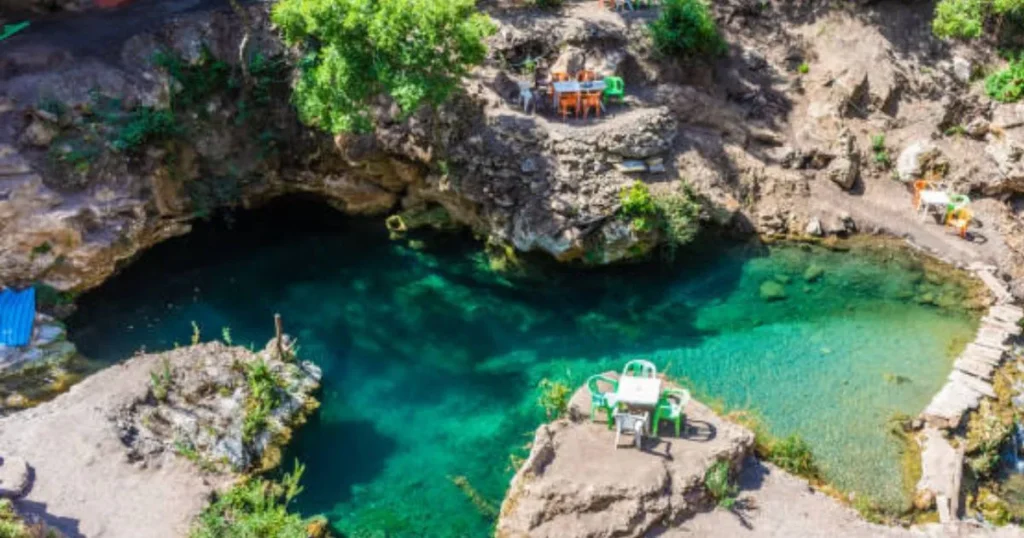
Where to Stay
- Dar Ba Sidi: A luxurious riad with stunning mountain views.
- Casa Sabila: A cozy, budget-friendly guesthouse with traditional Moroccan decor.
Shopping in Markets
souks are a treasure trove of unique items. Bargain politely to get the best price, and don’t miss these must-buys:
- Handwoven rugs in vibrant colors.
- Leather goods crafted by local artisans.
- Argan oil, known for its beauty benefits.
Day Trips from morocco blue city morocco
Akchour Waterfalls
Just a short drive from Chefchaouen, the Akchour Waterfalls offer a breathtaking natural escape. The crystal-clear pools and lush surroundings make it a perfect spot for hiking and swimming.
Talassemtane National Park
Home to the renowned God’s Bridge, a striking natural rock arch, Talassemtane National Park is a haven for adventure seekers. With its varied landscapes, the park caters to everyone—from leisurely strollers to experienced hikers.
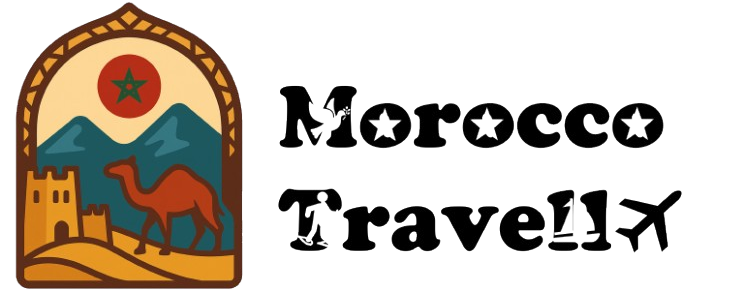
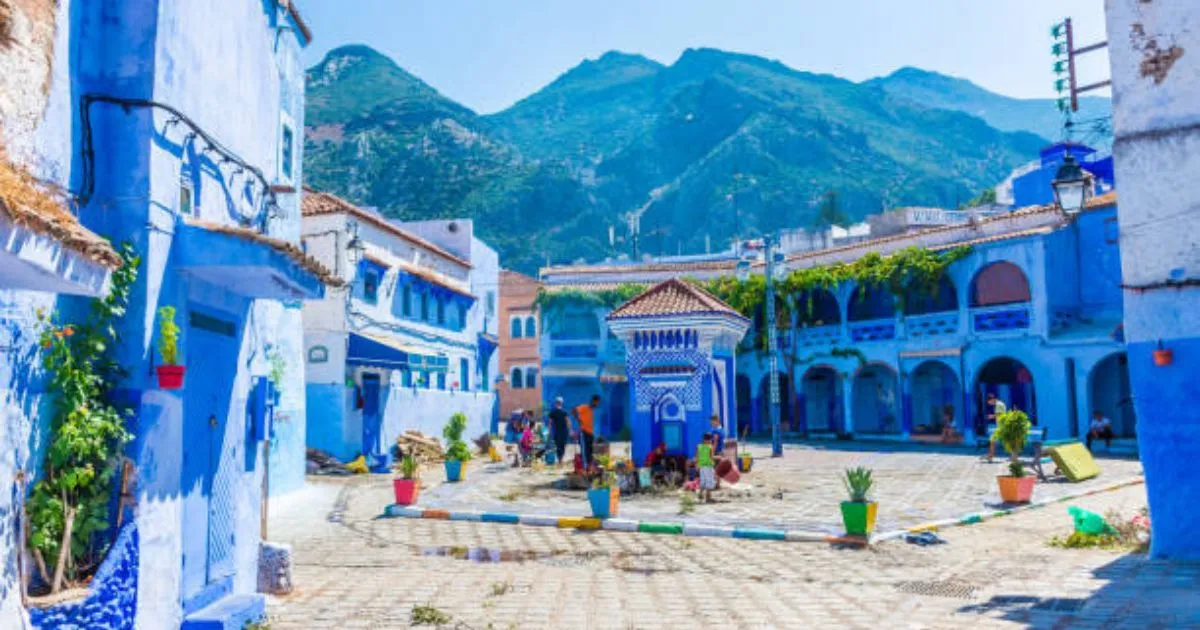
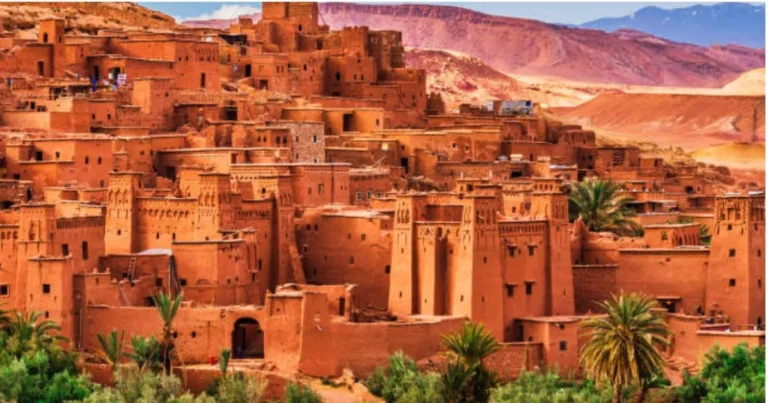
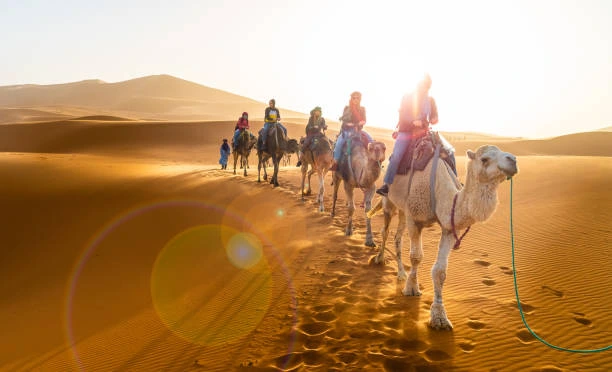
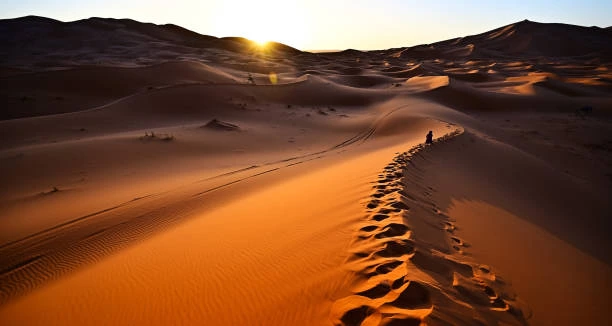
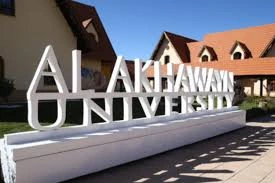
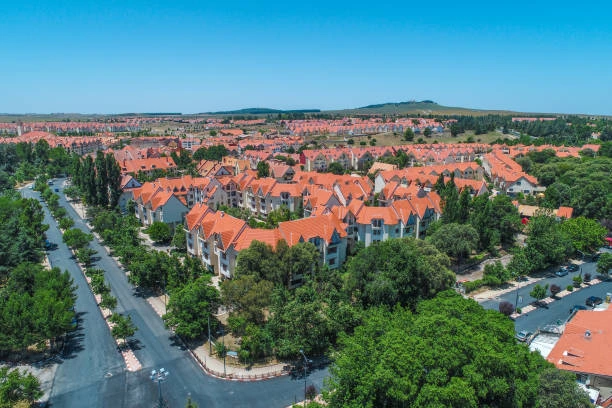

2 Comments